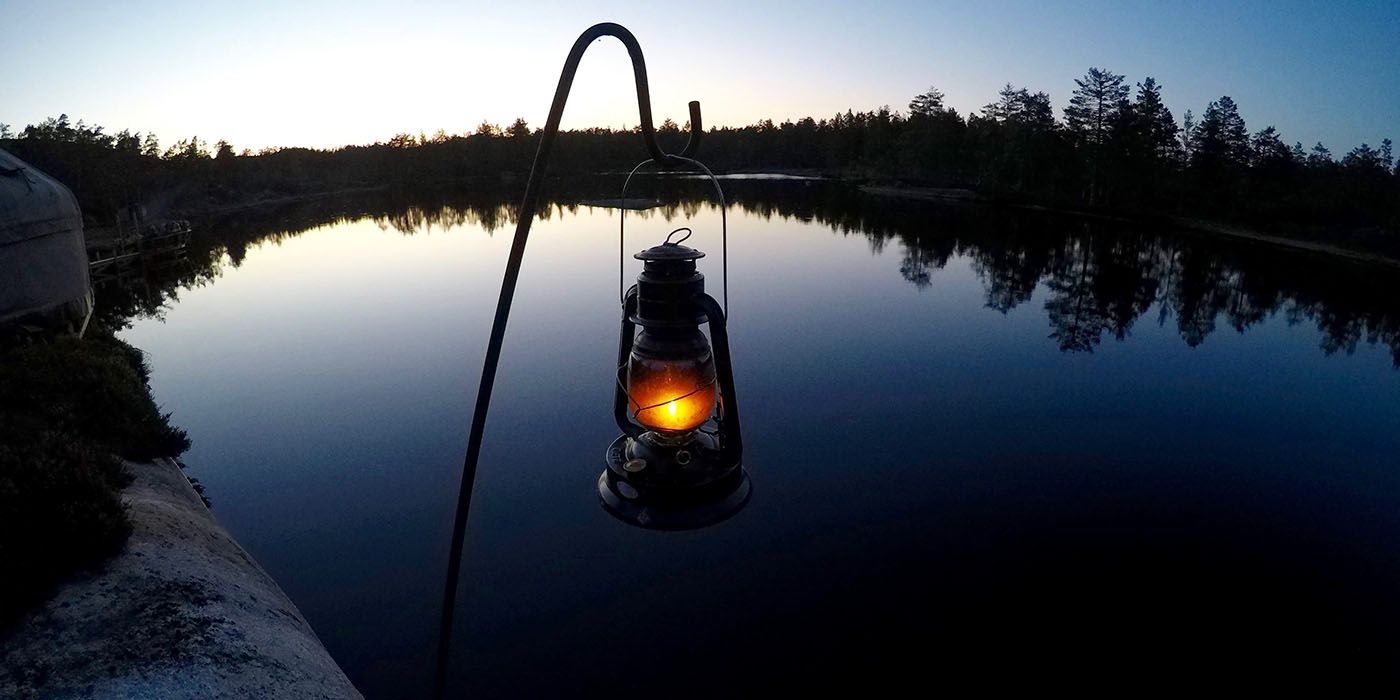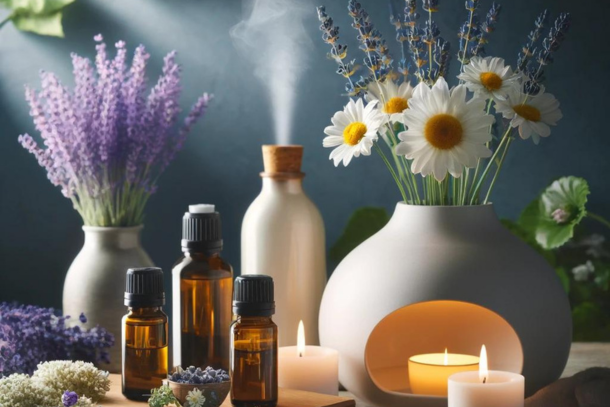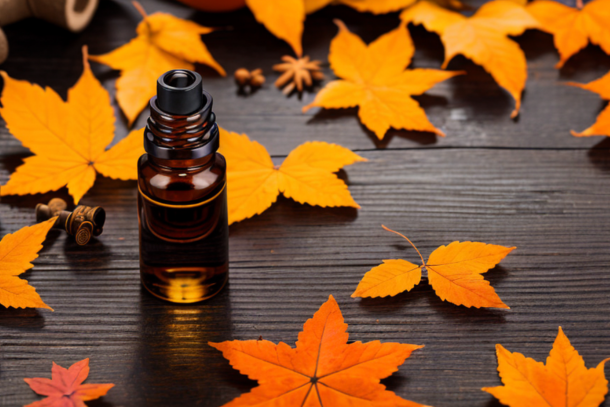How mindfullness is helping your wellbeing

Mindfulness is the ability to become fully aware of the present moment, to acknowledge where we are, who we are, and what we are doing. This process allows us to choose how we respond to our thoughts and feelings.
How Mindfulness is helpful
Being aware of the present moment allows for the enjoyment of the world around us. Learning how to recognise your stream of consciousness, your thoughts and feelings as you experience them gives you the power to choose how you handle such thoughts. It is important to notice what your body is telling you, creating a space between you and your thoughts, not to stop them, but to acknowledge that they’re there.
The recorded benefits of mindfulness suggest that it improves your overall well-being. By allowing yourself to not become overwhelmed by what’s going on around you, you are more inclined to be satisfied with the current state of your life. Physical effects have also been reported in the form of lowering your blood pressure, reducing chronic pain and relieving stress.
If you are struggling with your mental health, there is evidence to suggest that mindfulness is an effective form of treatment for a number of mental health conditions, such as Obsessive Compulsive Disorder, Anxiety, Depression, and substance abuse.
Meditation vs Mindfulness
Mediation is a temporary state of mind, where you can set aside time to sit and practice. Mindfulness can refer to the notion of general awareness and it can be used in meditation as a formal practice. These two techniques can overlap in Mindfulness Meditation, but they can also be used as two separate practices. You can use mindfulness during meditation to focus on the now, but you can also apply mindfulness to your everyday life, in each decision you make.
By purposefully focusing your attention on the present moment, whether that be whilst you are folding the laundry, making dinner or going to work, you can regain your focus to ensure that you do not lose the connection you have with the current moment.
How to practice mindfulness
Whilst mindfulness can be practiced through meditation, if you intend to make mindfulness as life-style, then following these simple suggestions can help to introduce you to mindfulness.
Body sensations - When you are moving day to day, take a moment to notice any sensations that you may be feeling. Note any tickles, pain, aches, and pleasures. It is important to understand that you should not cast judgement upon these sensations, simply acknowledge them and let that thought go.
Notice your emotions - Unpleasant thoughts and feelings will come and go. Recognising the emotion and accepting that you are thinking or feeling in that particular way is an integral part of mindfulness. Instead of ignoring your discomfort to the emotion, acknowledge that you are experiencing it and allow it to be there. Creating a space for these unpleasant emotions can stop you from becoming fixated on the negative emotion and this allows the thoughts to go.
Notice your senses - In a similar way to meditation, notice your sensations and mentally note down what you can recognise for each sense. Acknowledge what you can smell, hear, taste, feel, and see in that moment. Once again, consider this without judgement and let the senses pass.
Being mindful with water - When you are doing daily activities that include water, it can be beneficial to use mindfulness to concentrate on the feeling of the water against your skin. If you are taking a shower, note what the sensations feel like, can you smell the soap? If so, what does it smell like?
Being mindful with walking- When you are doing activities that include walking, particularly if this is done outside, it is good to process each of the senses. Walking is an activity that we often do without thinking, but acknowledging the sensations of taking a walk, incorporates mindfulness into everyday life.
Mindful eating- Mindful eating is the act of acknowledging your eating experience. Take note of what you are eating by recognising what the food smells like, if you are in a restaurant, what does the restaurant smell like? How does the food feel? What does it taste like? These help you to be aware of what is around you. Notice the thoughts and let them go.
Mindfulness is the incorporation of these practices into your everyday life without self-judgement.
Related to this article are the following:
I do hope you have enjoyed this article and hope that you will subscribe to my newsletter so you can get the latest information about all things naturally relaxing.
Stay in touch, join the Naturally Relaxing Newsletter
Newsletter Signup
Post Your Comments
or post as a guest
Be the first to comment.
Latest articles in Relaxation

Capturing the Perfect Sunset: Tips and Techniques

The Benefits of Aromatherapy: Essential Oils for Relaxation

Embracing Calm: Innovative Ways to Relax in the New Year

Autumn Aromatherapy: Essential Oils for Relaxation

Embracing Autumn's Tranquillity: Finding Peace in the UK's Golden Season






